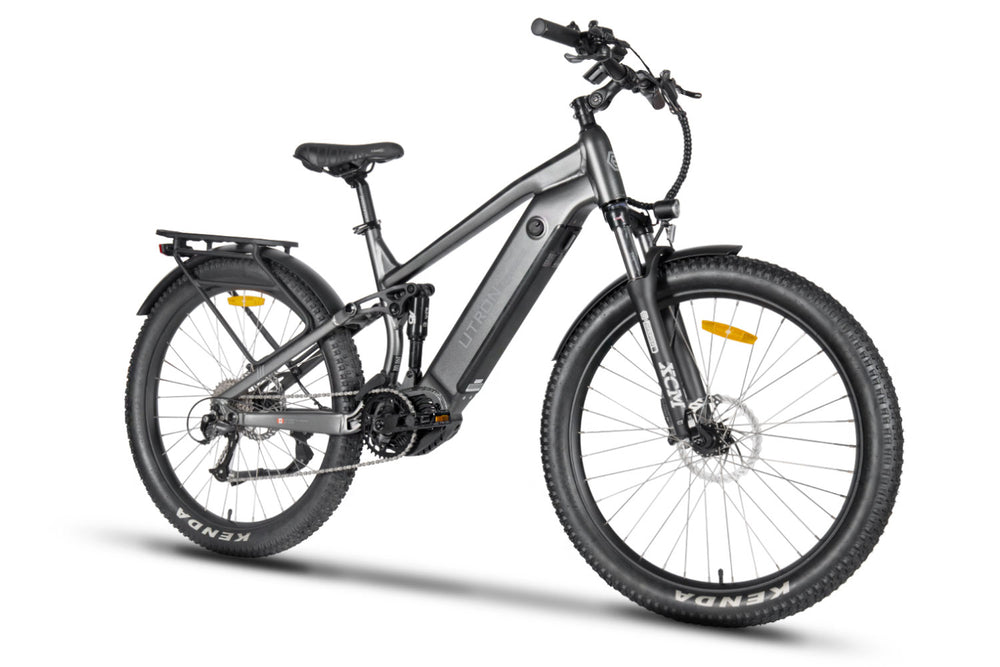

UL SAFETY CERTIFIED
Standards 2849 & 2271 Compliant

200+ LOCAL DEALER SHOPS
Test Rides and service across Canada



Be the first to hear about exclusive offers and the newest ebikes.
By signing up, you agree to receive marketing emails. You can unsubscribe at any time. By submitting your email, you also agree to our privacy policy and terms. Contact EMMO at 1224 Dundas Street E, Unit 6, Mississauga, ON L4Y 2C5.
*Good for ebike purchases only.


Standards 2849 & 2271 Compliant

Test Rides and service across Canada
A full suspension mountain bike is designed for rough trails, downhill runs, and technical terrain, with front and rear shocks to absorb impact and improve control.
Both have advantages: hardtails are lighter and more efficient on smooth trails, while full suspension bikes offer better traction and comfort on technical, bumpy terrain.
It depends on the trail. Full suspension is ideal for rough, technical trails. For smoother or less aggressive riding, a hardtail may be sufficient and more budget-friendly.
Full suspension bikes can climb well, but they may be heavier. Lockout features and modern geometry help minimize energy loss on climbs while improving traction.
A pedal assist bike uses sensors to detect your pedaling and provide smooth motor support. It helps you ride farther with less effort while maintaining a natural cycling feel. It’s also a great option for people who still enjoy riding like the old days, but appreciate a little help getting started or extra support when they’re tired.







